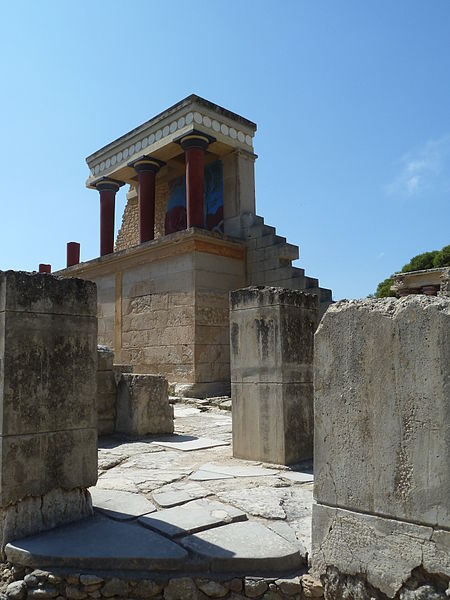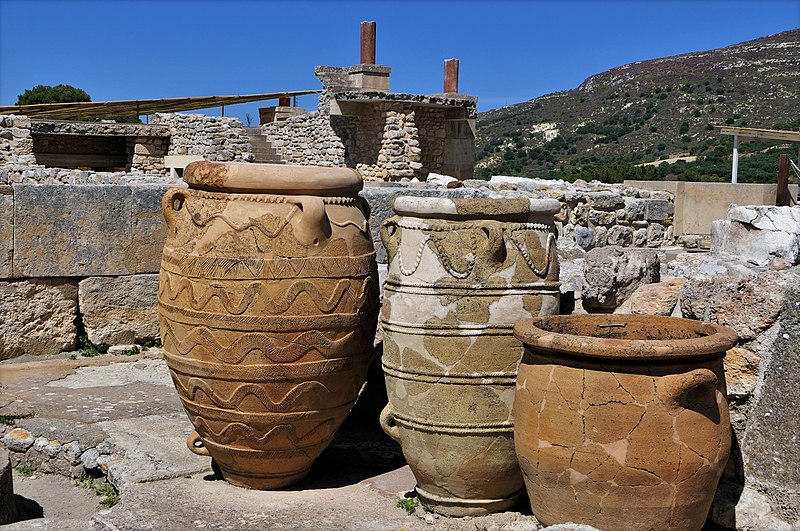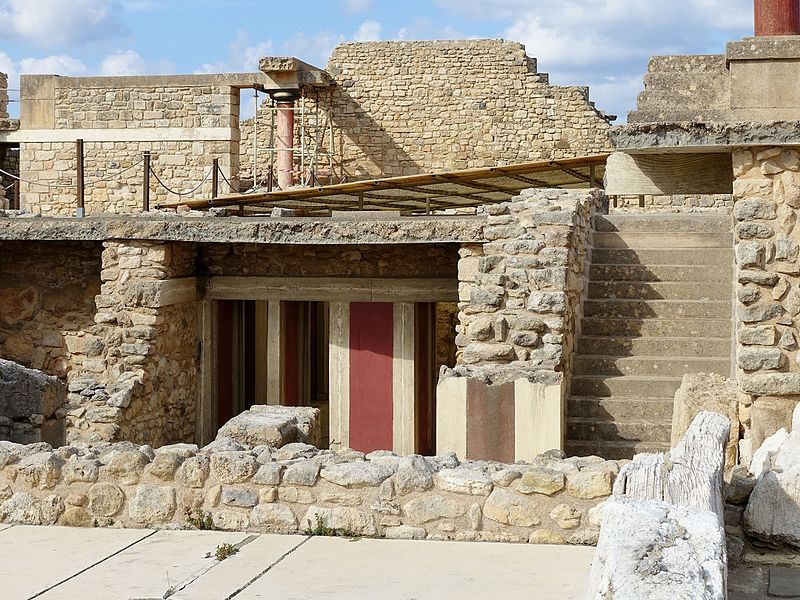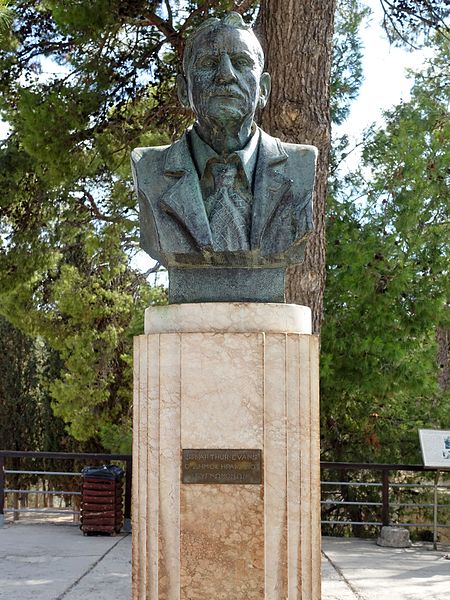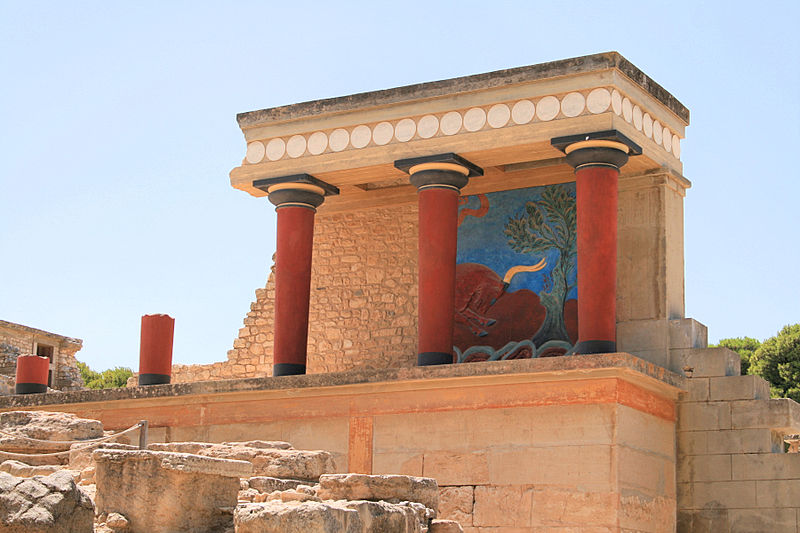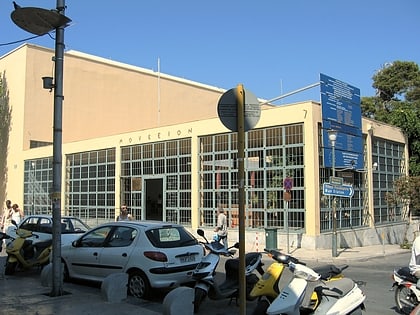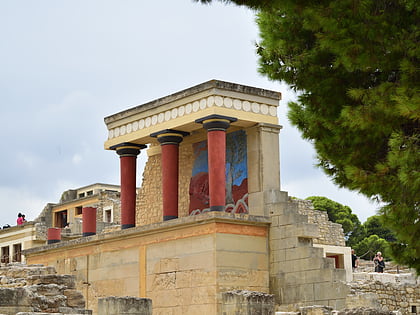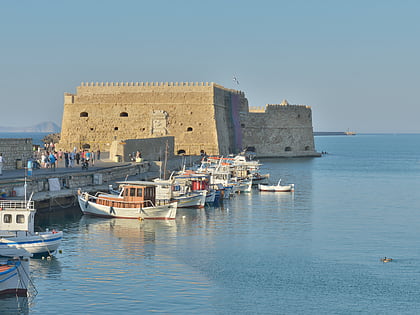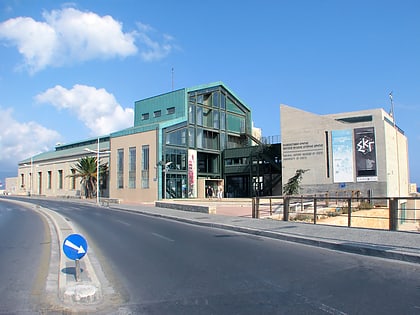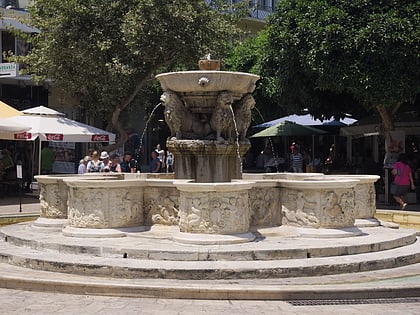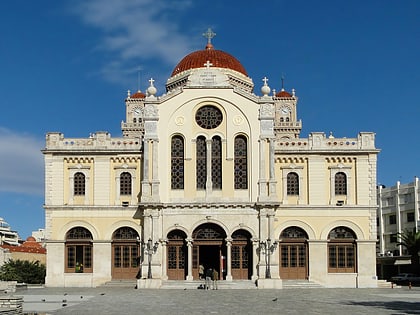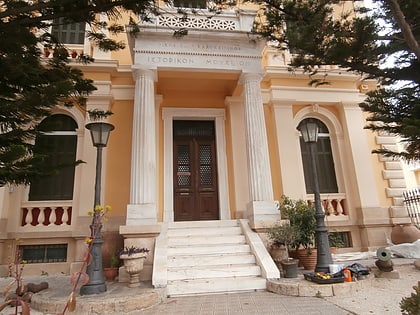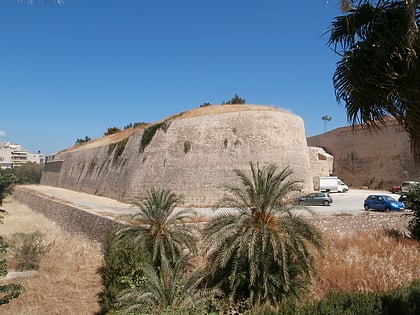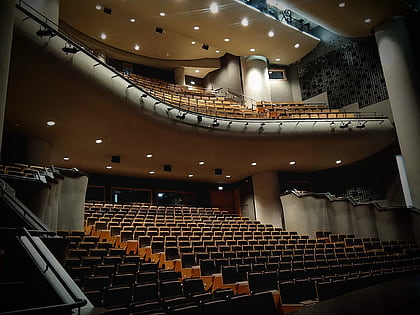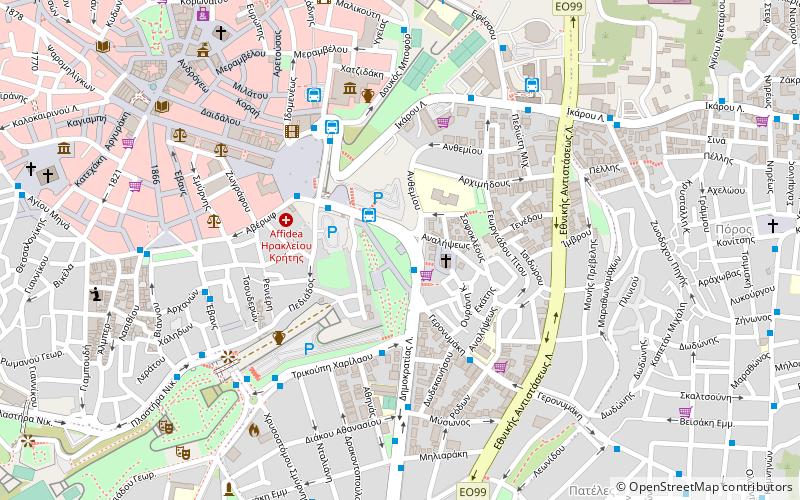Knossos, Heraklion
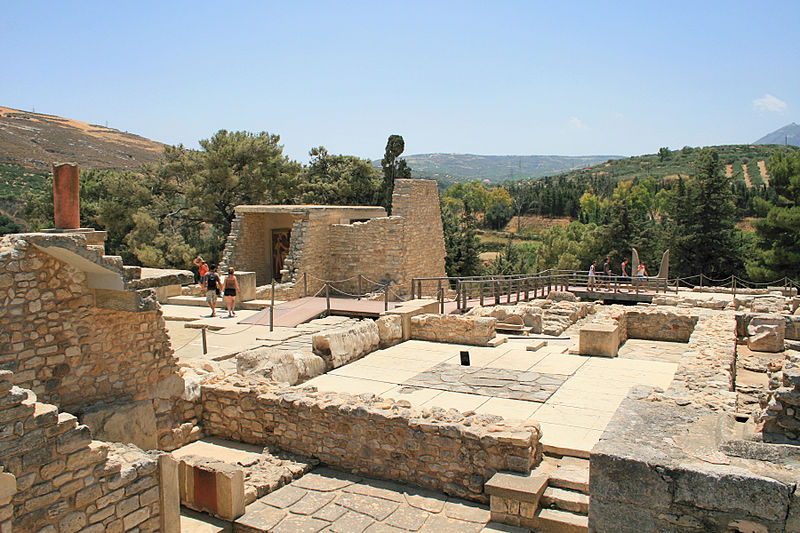
Facts and practical information
Knossos, nestled in the bustling city of Heraklion on the island of Crete, Greece, is a testament to the grandeur of ancient Minoan civilization. This archaeological marvel is most famous for the legendary Palace of Knossos, which is believed to be the labyrinthine home of the mythical Minotaur.
Dating back to over 3,000 years ago, Knossos stands as the largest Bronze Age archaeological site on Crete and has been dubbed Europe’s oldest city. The palace complex is a labyrinth of royal chambers, grand staircases, storerooms, and workshops. Its elaborate architecture and advanced engineering showcase the sophisticated urban planning of the Minoans.
Visitors to Knossos can wander through the remains of this ancient city and marvel at the frescoes that have been partially restored, portraying the rich culture and artistry of the civilization. The site also features the iconic red columns and the throne room, which is a key highlight. The complex is a cultural treasure trove, providing insights into the Minoan way of life, their religious practices, and their social hierarchy.
The Palace of Knossos was discovered in 1900 by the archaeologist Sir Arthur Evans, who subsequently undertook its partial restoration. While this has been a subject of controversy among historians, it has also made the palace more comprehensible for visitors.
For an enriching experience, it is recommended to hire a guide or use an audio guide available at the entrance, as the signage around the site is minimal. The archaeological site is open year-round, with varying hours in the summer and winter, and there is an admission fee.
Knossos – popular in the area (distance from the attraction)
Nearby attractions include: Heraklion Archaeological Museum, Knossos, Koules, Nikos Kazantzakis Stadium.
Frequently Asked Questions (FAQ)
How to get to Knossos by public transport?
Bus
- Knossos • Lines: 02, 21, Ke (4 min walk)
- Ariadni • Lines: 02, 21, Ke (8 min walk)


